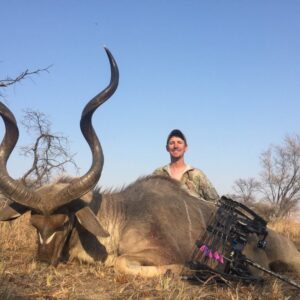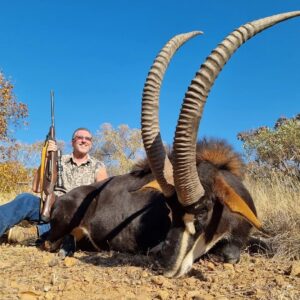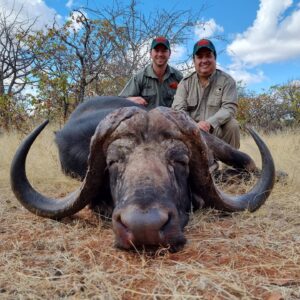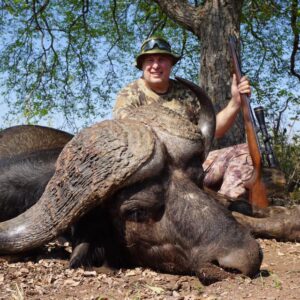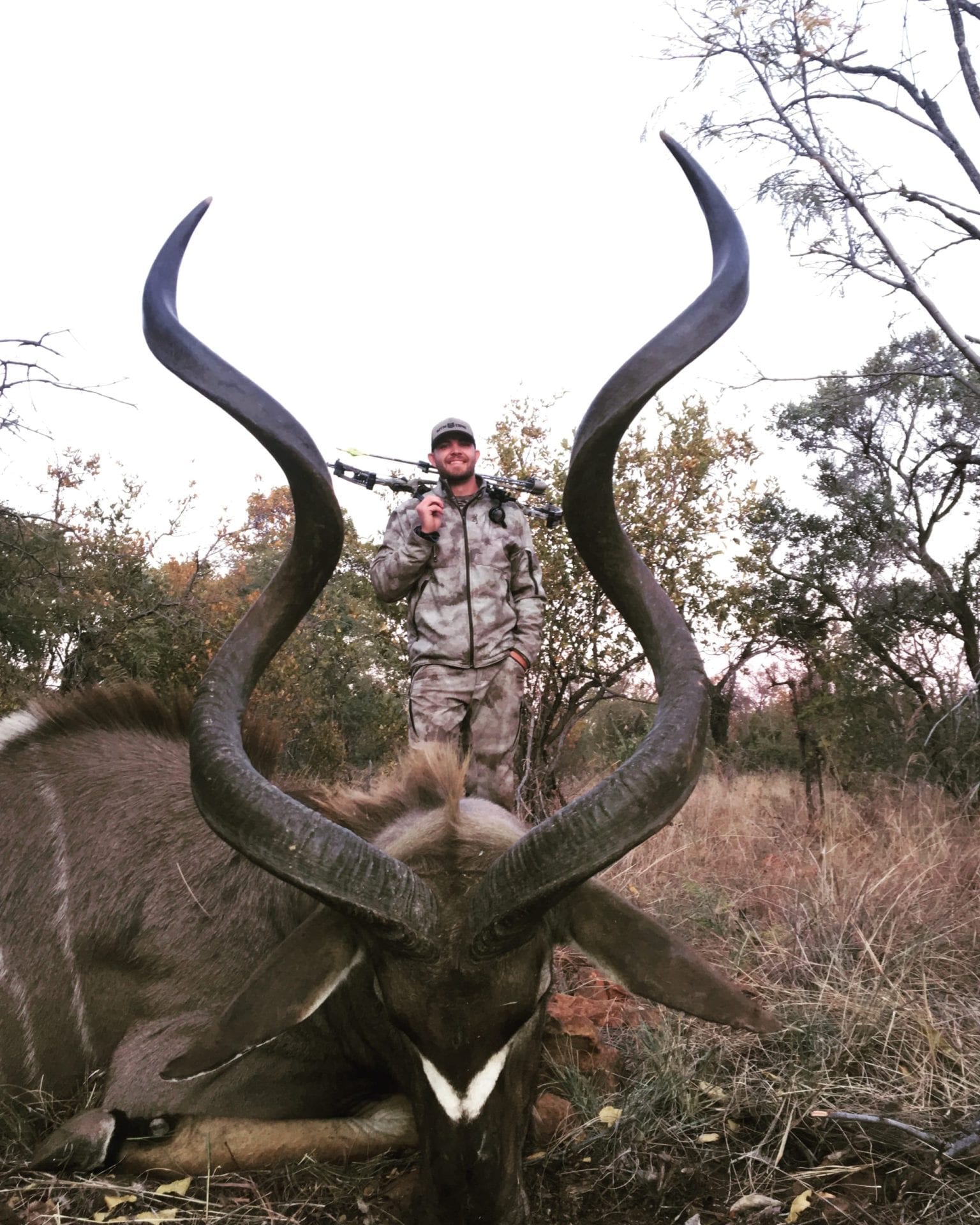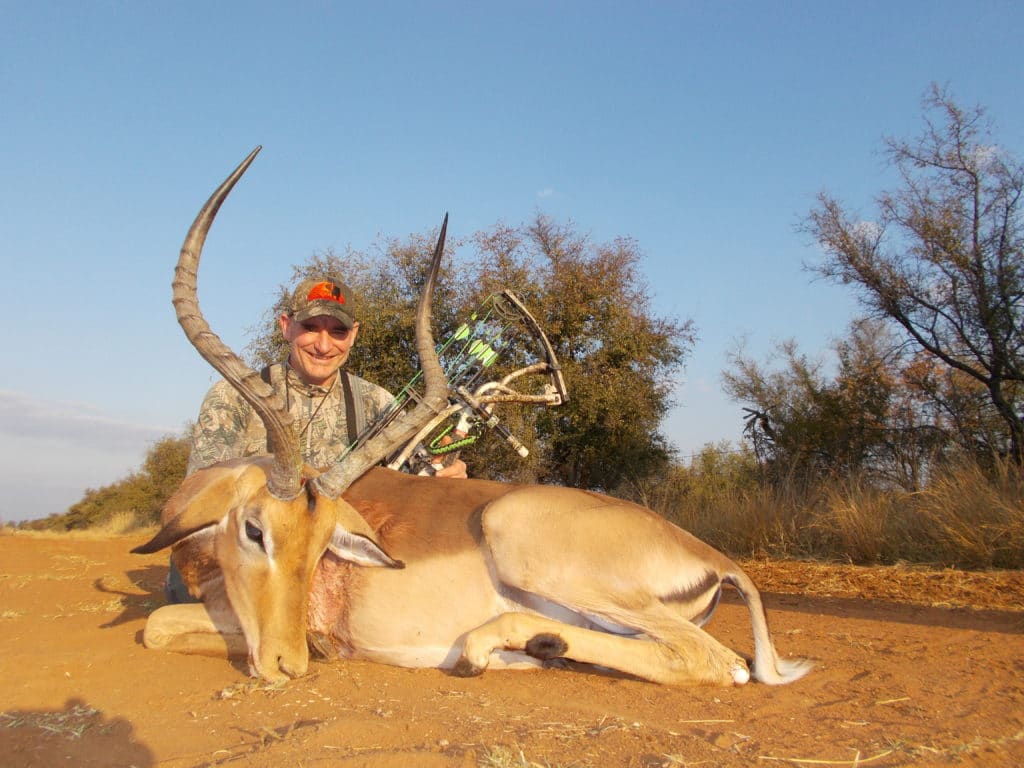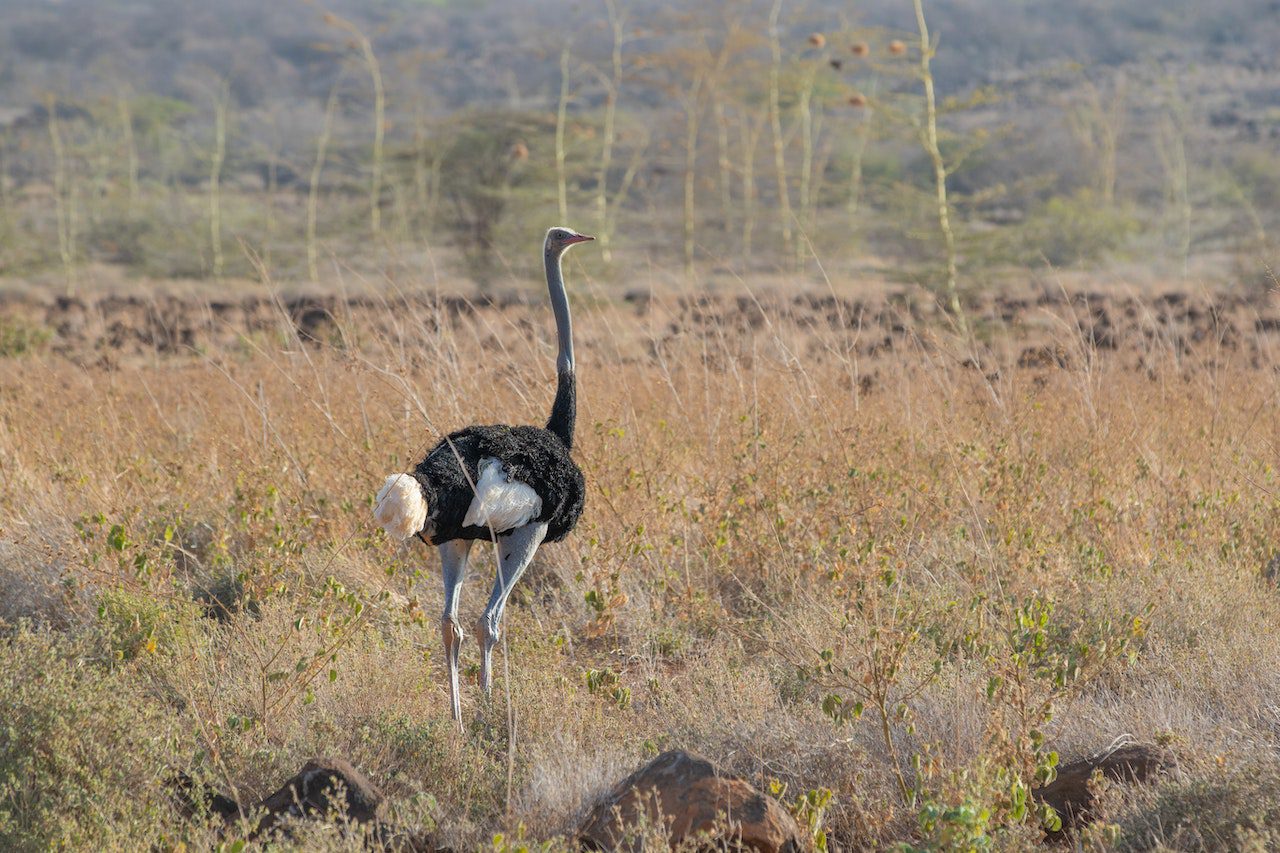
Ostrich Hunts
The savanna, semi-arid, and desert regions of Africa are home to the world's largest flightless bird, known as the Ostrich. This remarkable creature is divided into two distinct species: the Somali Ostrich and the Common Ostrich, each consisting of three huntable subspecies. Among them, the Southern Ostrich is the most frequently pursued by hunters, predominantly in Namibia and South Africa, although it can also be found in Botswana. The Red-necked, Masai, and Somali Ostriches inhabit East Africa, with the latter species exclusively found in the northeastern part of Ethiopia. If one embarks on a safari in Tanzania, they may have the opportunity to hunt the Masai Ostrich. The cost of acquiring a trophy varies based on the availability and suitability of the Ostrich's habitat, with the most favorable prices found in arid regions such as Namibia, as well as the Karoo and Kalahari regions of South Africa.
When to Hunt Ostrich
In South Africa, Ostrich hunting is permitted year-round, whereas in Namibia, the hunting season spans from February 1st to November 30th each year. Tanzania's hunting season falls between July and December, while in Ethiopia, it extends from October to June of the following year. Given its opportunistic nature as a trophy, Ostrich hunting can take place at any time during the day or year. However, for the sake of comfort, it is advisable to pursue these magnificent birds during the cooler winter months when temperatures are more bearable.
Hunting Methods
Ostriches possess exceptional visual acuity and acute hearing. When startled, they sprint away at astonishing speeds, swiftly putting considerable distance between themselves and their pursuers, thus thwarting any chance of a successful shot. The optimal approach to hunting Ostriches involves tracking them on foot after spotting them from a distance. It is crucial to utilize ample cover while stalking. Generally, only male Ostriches are targeted, as hunting these birds when they are in a flock proves to be exceedingly challenging. Therefore, it is advisable to identify a solitary bird before commencing the pursuit. If employing bow hunting techniques, the preferred method is to set up a blind near a bait site since Ostriches do not require water on a regular basis.
Shot Placement
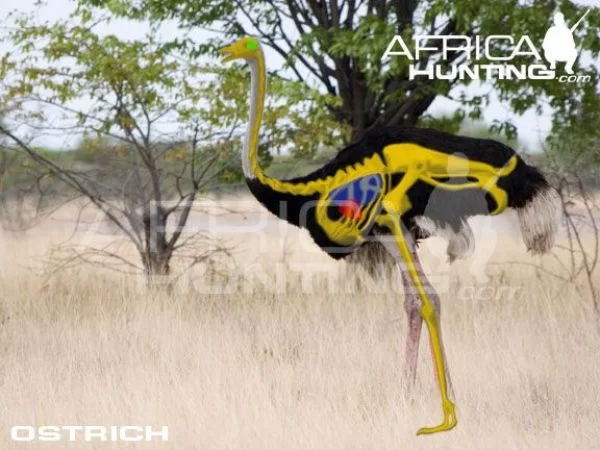
Apart from being highly coveted as a source of venison, Ostriches lend themselves beautifully to full mounts, provided there is sufficient space available. Additionally, they can be mounted as shoulder mounts or half mounts, with their tails positioned akin to the popular turkey shield mounts. Their feet can be repurposed as lamp stands or bookends. Some hunters collect Ostriches for their leather, transforming them into highly sought-after products such as handbags, jackets, and even cowboy boots.
Live Like You Mean It
Contact Us
We've helped thousands of OI clients plan their adventures
Our team of professional consultants are ready to help you research, book and plan an amazing trip with one of our amazing outfitter partners around the world.
Thank you Outdoors International!
It was an amazing steelhead fishing trip! I brought my dad along with me and we slayed the fish. If you guys aren't applying for the OI Draws, you should. They're legit!
Tyler Kirk
/ OI Draw Winner
I couldn't believe we won!
We won this fully guided, all-inclusive New Zealand red stag hunt in the OI Draw! I highly recommend this hunt, and Outdoors International—fantastic company, amazing meals, and hunts that are second to none.
Brandon Ball
/ OI Draw Winner
I'm so grateful for the opportunity!
Thank you to Outdoors International, all the PH's and their awesome staff. I made some new friends and will be back to Africa again 100%.
Brye Mangum
/ OI Draw Winner
My most memorable and rewarding experience.
This was my first guided hunt, and the outfitter was amazing. He was able to keep me motivated and encouraged to hold out for true trophies. I would rate him on an 11 on a scale of 1 to 10! I never thought Africa would be a reality for me. Thank you Outdoors International.
Dason Lasater
/ OI Draw Winner
I didn't think an experience like this was possible.
This trip, was, for me at least not just a trip, for me it was a real adventure, a real experience. I love the wilderness and this trip afforded me the opportunity to connect with the Alaskan wilderness in ways very few people do. It was an experience I will never forgot in a place I can’t wait to get back to.
Oliver Fischer
The outfitter handled everything perfectly.
We were thankful that Outdoors International hooked us up with a great outfitter because they were able to find us an acceptable alternate on short notice. Overall the two year process to get this float in was seamless and worry free. Just like it should be.
Thank you,
Stan Masneri
What an amazing experience!
The lodge was out of this world! Our rooms, the delicious food, the incredible wildlife and the scenery were amazing. Our photo safari guide was truly exceptional and had us on animals almost constantly. We saw over 30 different species and had some incredible up close experiences. Africa is amazing!
Scott Navares
Copyright 2005-2025 © Outdoors International™ · All Rights Reserved.


